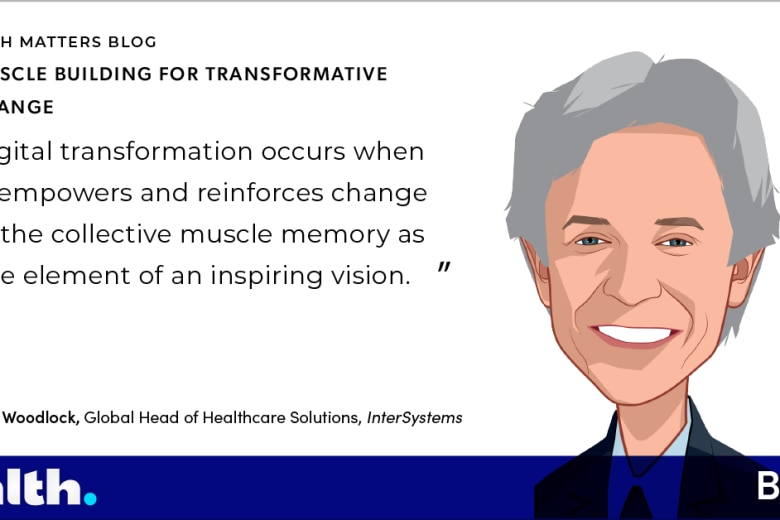When Charles Darwin published his theory of evolution in 1859, he outlined the process of change within Earth’s species as gradual and steady. Scientists spent the next century digging through the layers of rock for evidence to support this idea. But the fossil record revealed a slightly different story.
In 1972, two paleontologists proposed a theory called punctuated equilibrium. This model bolstered Darwin’s vision, but it also acknowledged what scientists observed in the field. Rather than gradual evolution, punctuated equilibrium held that the creation of a new species occurred quickly, in terms of geological time, usually because of new environmental pressures. And between these punctuations they observed long periods of stasis where a species’ adaptation to their environment is “good enough” and doesn’t change radically.
It’s interesting to note that species — from the tiny trilobite to the titanic T-rex to modern humans — don’t know whether they’re living through a punctuation event or a period of stasis. The fossil record tells that story, long after species have endured the consequences.
So, what does punctuated equilibrium have to do with healthcare? The COVID-19 pandemic and the rapid pace of innovation may have placed healthtech in the middle of one such punctuation event right now.
If this is true, healthcare leaders have a remarkable opportunity that the dinosaurs never had. We can decide to prioritize the innovative healthcare technologies and processes that give evolution an edge over extinction.
Healthcare’s Punctuation Event: COVID-19
When a species is in stasis, its members are attuned to the environment. That continues until rapid or profound external pressure kicks natural selection into gear. Then, after evolutionary adaptations occur, stasis once again returns.
Does that sound familiar?
Every healthcare organization, from Providers and Payers to Life Sciences and MedTech companies, saw its challenges and strategic goals morph in response to COVID-19. For example, health systems focusing on patient engagement, population health, and quality improvement pivoted to building COVID wards, supporting mass testing, and deploying integrations. Healthcare organizations once again shuffled priorities when vaccines hit the market.
Although organizational concerns change every year, the pandemic represented a radical acceleration. Agility and innovation became crucial to survival. Rapid prototyping, fast failure, and a commitment to key objectives incited healthcare innovation in everything from advanced technology projects to simple workflow revisions.
InterSystems clients established digital vaccination appointment booking systems in a month, mass testing programs in weeks, and new wards in days. Some experts believe that telehealth, meanwhile, jumped 10 years forward over the past year. Our customers adapted on their own by opening new labs and hospital wards in record time and innovating their processes, all without major changes to their technology platform.
COVID-19’s relationship with healthtech included precisely the kinds of environmental pressure and adaptative response that define punctuated equilibrium.
Healthcare Requires Agility and Resilience
At InterSystems, we’ve been helping healthcare organizations innovate long before today’s punctuation event. While we do this through technology, our products work because of the strategies behind them.
Take
TrakCare, which relies on three pillars of agility:
- Interoperability to make the data flow, when and where you need it
- User experience to ease change management and drive adoption
- Innovation to enable customers to respond to their evolving needs
Our commitment to agility drove the decision to move TrakCare to a continuous release process, a major change through which we resolved to release all new features and projects at the moment of completion.
We also provided TrakCare releases separately from the underlying IRIS for Health version, which helped our customers manage vital updates. We’re taking the next steps in that journey this year, so you can keep evolving.
A data platform built specifically for healthcare is key to getting through this punctuation event. Multi-dimensional data storage, a full FHIR repository, analytics, and a suite of interoperability tools empower healthcare organizations to make the most of their data, which proved critical during COVID.
TrakCare’s international reach meant that we had to stay flexible to meet local needs and regulations. To facilitate virtual appointments, InterSystems integrated with Google Meet in Chile, Microsoft Teams in Thailand, and WeChat in China, to name a few. Each integration used the same token-based formula to book, store, and notify patients of appointments.
COVID-19 reminded us that healthcare innovation can come from within an organization. A team of four InterSystems interns developed new tools within TrakCare, building a chat bot that enabled clinicians to access patient data through Microsoft Teams and an integration with Google and Apple wallets for outpatient appointment booking, in just two months. Our customers built similar chat bots that helped get them through the pandemic, but we liked the wallet integration so much that it’s going to become a part of TrakCare.
My point: Innovation can occur even under tight constraints.
Punctuated Equilibrium Won’t Last Forever
No one knows when healthcare will reach its next period of stasis, but it could take years. Everyone in this industry has the opportunity to support innovation today, for long-term value tomorrow. Adaptation won’t come easy for everyone, but TrakCare customers have already invested in the tools to support their evolution.
Healthcare organizations that choose to hesitate rather than innovate only risk reserving their place in the fossil record.




































